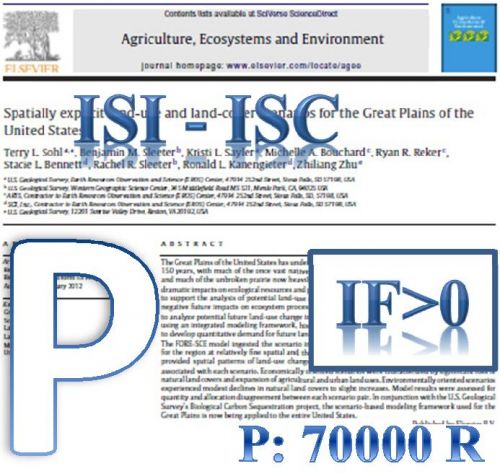In this study we employed culture techniques to study microbial diversity in Urmia Lake, a hypersaline lake in northwest of Iran. Water, soil and salt samples were taken from the Eastern part of Urmia Salt Lake in September 2011. A total of 11 water samples and 30 soil and salt samples were taken from 41 sites in the Lake. Bacterial isolates were cultured on different growth media and taxonomically affiliated based on their 16S rDNA gene sequence. Three hundred bacterial isolates were obtained from samples collected. Of these, 53 bacterial isolates were selected for sequencing and phylogenetic analysis, based on their growth characteristics and colony morphology. Results showed that these 53 isolates represented 39 species, belonging to 18 genera (Bacillus, Oceanobacillus, Thalassobacillus, Planomicrobium, Halobacillus, Planococcus, Terribacillus, Staphylococcus, Piscibacillus, Virgibacillus, Gracilibacillus, Ornithinibacillus, Halomonas, Pseudomonas, Providencia, Salicola, Psychrobacter, Kocuria) and they were from 9 families (Bacillaceae, Planococcaceae, Staphylococcaceae, Halomonadaceae, Pseudomonadaceae, Enterobacteriaceae, Moraxellaceae, Alteromonadaceae, Micrococcaceae) pertaining to three phyla (Actinobacteria 1.8%, Firmicutes 78.6%, Proteobacteria 21.4%). The present study showed that Urmia Lake is a rich source for moderately halophilic and halotolerant bacteria. The phylogenetic analysis of sequences from Urmia Lake had some common 16S rDNA sequences from other hypersaline lakes previously reported.
کلید واژگان :Halophilic bacteria, phylogenetic diversity, Urmia salt lake, 16S rDNA gene
ارزش ریالی : 1200000 ریال
با پرداخت الکترونیک
جزئیات مقاله
- کد شناسه : 1142909790551660
- سال انتشار : 2014
- نوع مقاله : پذیرفته شده در مجلات Scopus ,ISI با 4>IF>
- زبان : انگلیسی
- محل پذیرش : Journal of Microbiology, Biotechnology and Food Sciences
- IF مجله : 1.353
- ISSN : 1338-5178
- تاریخ ثبت : 1394/01/26 16:08:25
- ثبت کننده : بهرام کاظمی دمنه
- تعداد بازدید : 825
- تعداد فروش : 1
